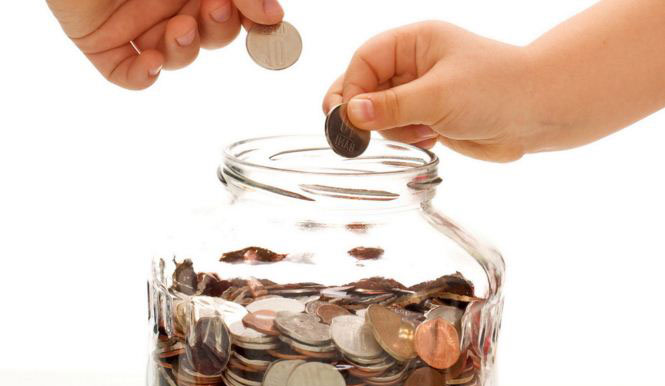Congratulations CAS for being published in Money Inc.
Published by:
Sara Haslem Davis, Money Inc.
April 6, 2018
Julie and her husband work full time and are solidly in the middle class. Their paychecks cover their bills and a few extras, and they consider themselves comfortable. But they would spiral into financial ruin if they had any unexpected large expenses, like a medical emergency. That’s because, like many Americans, they have zero money saved.
According to the 2017 GoBankingRates survey, 57 percent of Americans say they have less than $1,000 in savings—less than the 69 percent in the same situation in 2016. But the bad news is that while the number of Americans with less than $1,000 in savings is decreasing, the number of Americans with nothing in savings—like Julie’s family— grew from 34 percent in 2016 to 39 percent in 2017. So if you’re one emergency away from financial disaster, here are some simple steps to start saving:
Make a plan
You’re unlikely to begin saving unless you have a plan to start putting away money. First, figure out what your monthly expenses are and make a budget. Then you can figure out what’s extra and what you can save. Are you spending too much on entertainment or eating out? Consider cutting back to beef up your savings account. It’s a good idea to plan your savings as a line item in your budget, like your grocery expenses. Experts say you should save 20 percent of your income, which should be a combination of dedicated retirement and savings accounts. But that amount may seem daunting in the beginning. So start with what you can. Make a budget, then plan how you’re going to start—or increase—your savings.
Set up a separate account
An excellent way to keep yourself from spending your savings is to put the money in a separate account. And the best way to keep money accumulating in the account is to have an automatic deposit, either from your paycheck or checking account. Shop around to different banks to find the most convenient and highest-interest account available for you. Keep in mind that the best account option might be at an online-only bank that doesn’t have a brick-and-mortar presence. And having an automatic deposit into the savings account will keep the money flowing, without you having to think about it—and before you have a chance to spend it on something unnecessary. So find the best savings account for you, set it up, and start an automatic deposit into the account.
Read the full article here.

